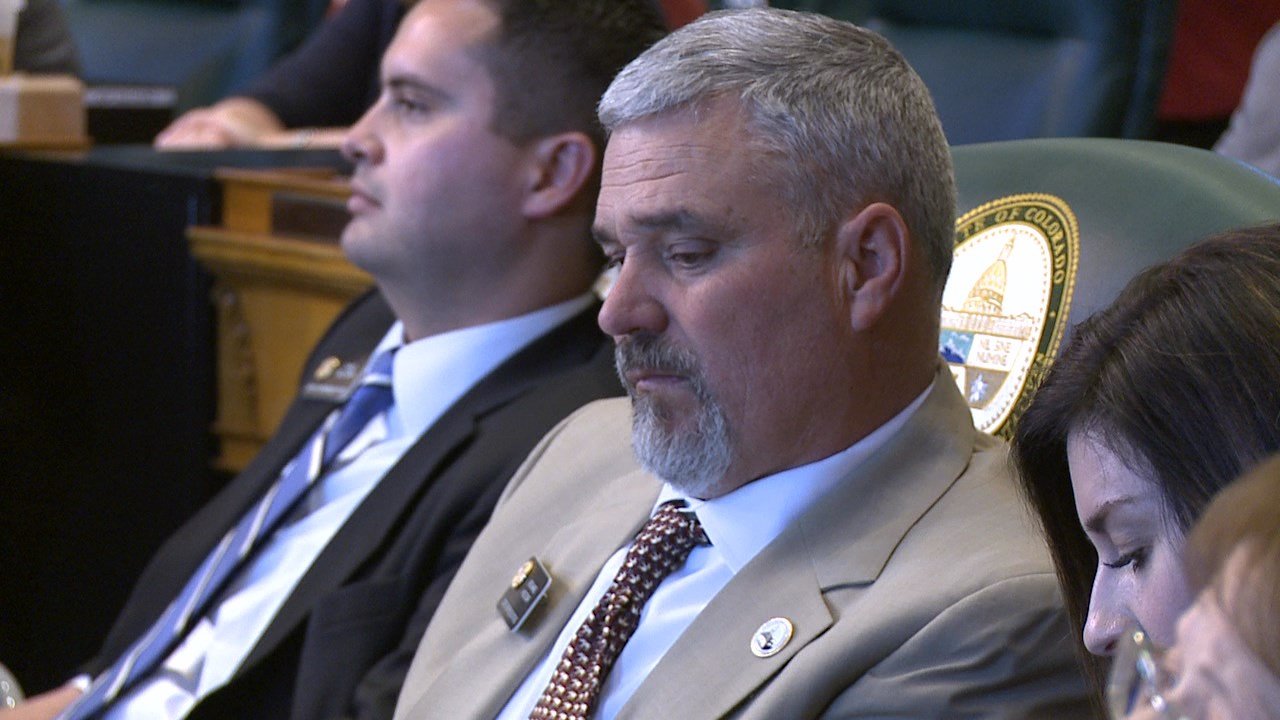DENVER — The FOX31 Problem Solvers have found a staggering number of current lawmakers at the 72nd Colorado General Assembly were first appointed to a legislative office as opposed to being elected by constituents.
This includes 20 current lawmakers: eight state senators and 12 members of the state House.
It is a side-door entrance to the General Assembly called a vacancy committee. Colorado law states when a vacancy happens, the political party of the person leaving office will select a replacement. A vacancy committee convenes when a lawmaker resigns, passes away or drops out.
Colorado is one of five states that allow parties to appoint replacements, according to the Denver-based National Conference of State Legislatures.
Current appointed senators (Who they replaced):
Joann Ginal (Kefalas)
Jeff Bridges (Kagan)
Bob Rankin (Baumgardner)
Jack Tate (Balmer)
Mike Foote (Jones)
Rachel Zenzinger (Evie Hudak)
Don Coram (Ellen Roberts)
Rhonda Fields (Karen Middleton)
Current appointed representatives (Who they replaced):
KC Becker (Levy)
Dylan Roberts (Mitsch-Bush)
Shane Sandbridge (Nordberg)
Marc Catlin (Coram)
Janet Buckner (John Buckner)
Jonathan Singer (Gardner)
Catherine Kipp (Ginal)
Perry Will (Rankin)
Meg Froelich (Bridges)
Kim Ransom (Holbert)
Mary Young (Rochelle Galindo)
Richard Holtorf (Kimmi Lewis)
Process to get appointed
Colorado state Rep. Richard Holtorf was recently appointed as one of the newest members of the assembly. House District 64 needed a new lawmaker late last year when Republican Rep. Kimmi Lewis passed away.
On a bitter cold and windy Saturday in December, 115 Republican delegates gathered at the Elbert County Fairgrounds in Kiowa to elect Lewis’ replacement.
District 64 is one of the state’s largest districts, spreading across nine counties including Elbert, Baca and Las Animas counties.
After six rounds of voting, delegates picked cattle rancher Holtorf to the house.
“What an amazing process we have in this republic,” Holtorf said.

Committee delegates are active party members and the number of voting committee members is different from seat to seat.
“There wasn’t time for a special election. The process is a very wonderful process and it works. And it’s a micro-cause of that representation,” Holtorf said.
The Problem Solvers sat down with three Coloradans who lost out on a lawmaker job during a party selection process last year to fill Senate District 26.
“I would say the general public isn’t familiar with the vacancy process,” said candidate Angela Engel. “It’s politics and politics isn’t necessarily fair. It’s a strategic game.”
An appointment by a vacancy committee gives the person selected an incumbent advantage against future challengers in the next General Election.
Candidate Iman Jodeh told us some delegates said they were not thrilled with the process.
“A lot of them were even saying how undemocratic this process is. How they felt uncomfortable with only 134 people all voting for thousands of people,” Jodeh said.
The committee selected state Sen. Jeff Bridges to the district, which includes Aurora, Littleton and Englewood. Openings often lead to more vacancies, which was the case in this replacement.
Bridges left his House seat vacant when he moved to the Senate.
States across the country chose different ways to fill legislative seats. According to the National Conference of State Legislatures, 25 states allow for special elections to fill vacancies, 11 states use the governor to appoint, seven states permit county boards to fill vacancies and two states use their legislative bodies to select replacements.
A Colorado Senate seat will be filled in the coming days after Sen. Lois Court revealed plans to leave her post Jan. 16 for medical reasons – adding another lawmaker to this list.
